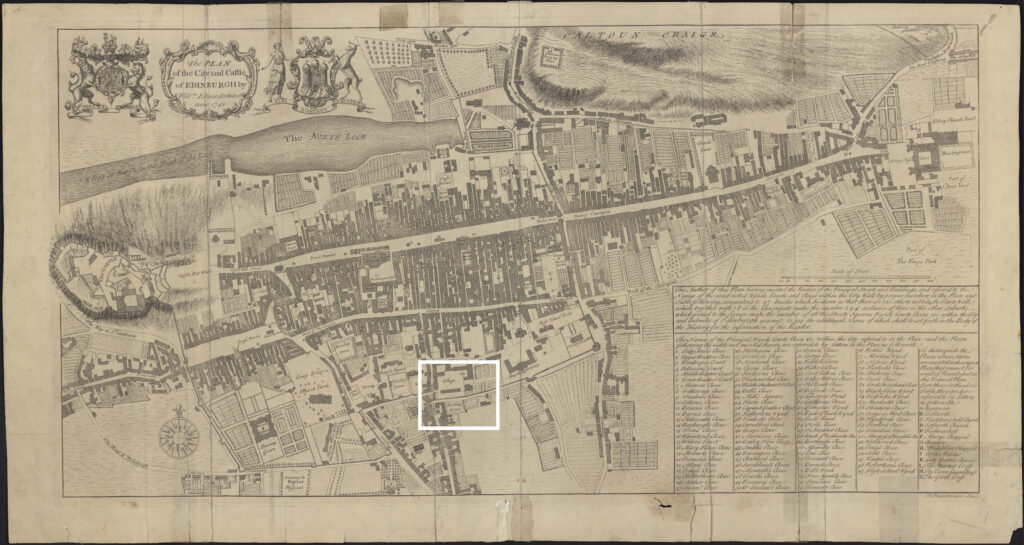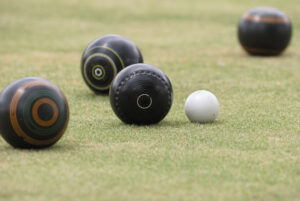
Before the site became a church, it was home to one of the many bowling greens in Edinburgh. On this map you can see the area of the church marked as bowling green. Sadly, any historical information about this particular bowling green was difficult to find. However, the number of bowling greens present on the 18th century maps suggests that the game was very popular in Edinburgh at the time.
The game of bowls (also called lawn bowling or lawn bowls) originated in England as early as the 13th century. However, the rules for the modern game, according to which it is played up until this day, originated in Scotland in the 18th century.
Lawn bowls is played on a flat field of grass, using unevenly weighted balls (called bowls), and rolling them on the grass with the aim to reach the jack (a small white ball). The winner of the game is the person or team whose bowls have been closest to the jack the most times after 21 ends have been played.
The game is still played in over 40 countries around the world and is part of the Commonwealth Games.
Curiously, the site’s link with lawn green bowling continued even after it no longer was a bowling green – albeit tenuous and 190 years later. It was reported in the Edinburgh Evening News on 16th November 1956 that College Church had hosted the first winter service of the Edinburgh Churches & Brotherhood Bowling Association.


